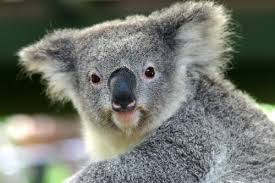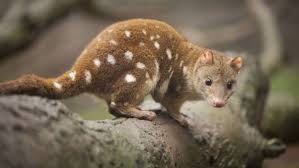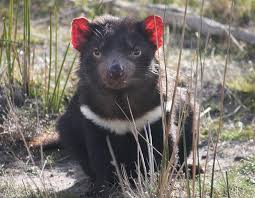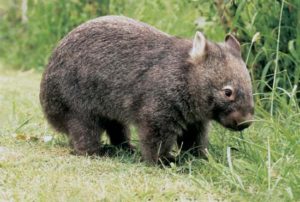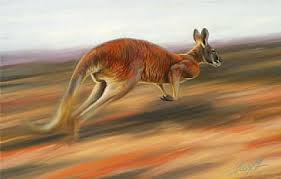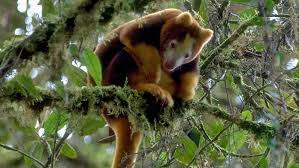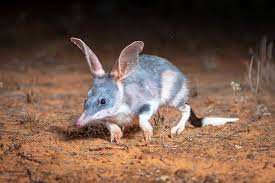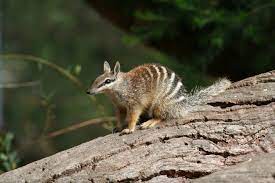Monotremes
The Echidna and the Platypus are the only egg laying mammals and only live in Australia and New Guinea .
They have their origins about 130 million years ago while Australia was still in the antarctic and part of Gondwana. It is thought that the platypus developed electro sensory receptors to detect pray in the dark as at that time Australia as part of Pangea was in the antarctic circle and experienced at least 3 months of darkness each winter. The Echidna evolved from platypus while New Guinea was part of Australia adapting to live on land and eat ants.
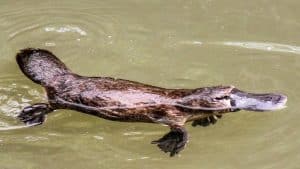
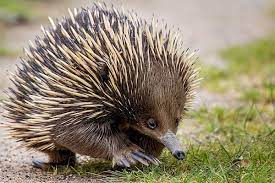
Marsupials
It is thought that Marsupials developed in Pangea maybe in the area of the Americas over 200 million yera ago, Fossils of early ancestors were found as far as asia and Europe. As Pangea started to break apart Marsupials Spread through South America reaching the Antarctica and Australia before they split from Gondwana. Marsupials flourished in South America becoming diverse including a large marsupial sabre tooth hunter. Eventually ruducing to a few examples like the Monto and the Opossum which eventually spred back into North America when The Ismuth of Panama reconnected North and South America 3 million years ago. Australia as it became isolated has become the strong hold of Marsupials with the huge diversity found today.
Australasia including the islands of Papua separated from Gondwana about 100 mya and initially remained warm and humid with rainforest vegetation. Inland Australia had systems of rivers and lakes with abundant wildlife. Fossil birds, platypus, frogs and snakes are present from this period. From 30 Ma there was a period of global cooling, and from 15 Ma the Antarctic ice sheet formed. Sand deserts and large inland salt lakes formed within the last 5 Ma. Climatic oscillation during the Pleistocene over the last million years led to repeated phases of glaciation with lower sea levels that linked Australia to New Guinea, and warmer interglacial periods with higher sea levels.
As early as the Miocene (23 to 5.3 Ma) and into the Pleistocene (20,000-50,000 years before present) the Australian megafauna developed. The megafauna became extinct in the late Pleistocene, at a time coinciding with both a period of climate change and the first human habitation of Australia. Recent analysis suggests that the fire-stick farming methods of the Australian Aborigines reduced plant diversity and contributed to the extinction of large herbivores with a specialised diet, like the flightless birds from the genus Genyornis. The World Heritage-listed Naracoorte Caves in South Australia are the best record of the Australian megafauna. The placental mammals made their reappearance in Australia in the Pleistocene, as Australia continued to move closer to Indonesia, both bats and rodents appearing reliably in the fossil record. The geographic isolation of Australia created a sharp division between Australian fauna and Asian fauna at the Wallace Line.
During ice age glacial advances, when the ocean levels were up to 120 metres (390 ft) lower, both Asia and Australia were united with what are now islands on their respective continental shelves as continuous land masses, but the deep water between those two large continental shelf areas was, for over 50 million years, a barrier that kept the flora and fauna of Australia separated from those of Asia.
Species found only on the Asian side include leaf monkeys and ponderous-beaked hornbills while Australian wallabies, spiny anteaters, tree kangaroos and gliding possums are not.

